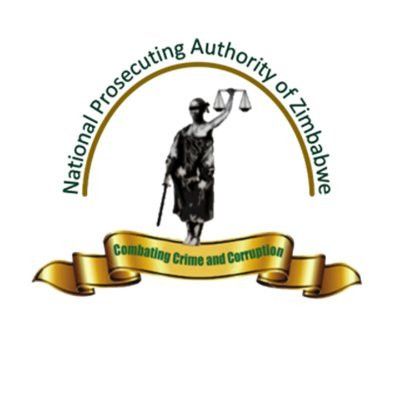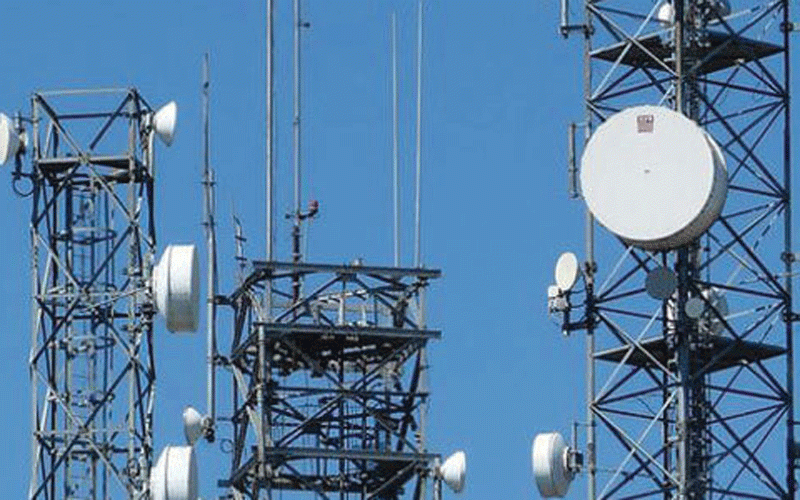
The National Prosecuting Authority (NPA) has obtained orders to seize assets worth US$150 million in the past year as part of a wider crackdown to curtail the illicit accumulation of wealth under the ‘Unexplained Wealth Orders’, the Zimbabwe Independent can reveal.
In 2020, Zimbabwe’s Unexplained Wealth Orders were enacted into law through an insertion of a new provision into the Money Laundering and Proceeds of Crime Act of 2013.
Several jurisdictions including the United Kingdom (UK) have similar legislation empowering countries to probe the origin and accumulation of suspected tainted wealth.
The net impact of the law is that it empowers the High Court to make orders designed to obtain explanations from persons in possession of questionable wealth.
In the case of Zimbabwe, when an unexplained wealth order is granted by the High Court, the respondent, among other obligations, should explain how they obtained the asset in question.
Such an order, according to the Money Laundering and Proceeds of Crime Act can only be made in respect of property valued at US$100 000 or its equivalency in any currency.
As part of an investigation by the Independent to shed light on how the State handles forfeited assets, responses from the NPA showed that it also obtained forfeiture orders of assets valued at US$26 million during the same period.
A preservation order is granted on assets that are deemed to be tainted.
- RBZ blocks Harare US dollar charges
- Industry cries foul over new export surrender requirements
- One stitch in time saves nine
- Banks keep NPLs in safe territory
Keep Reading
Inversely, a forfeiture order is given resulting in the total deprivation of soiled property from the owner which is transferred to the State or the prejudiced victim following a court determination.
“We hardly count the number of properties as each case against one person may have several properties but we measure value of properties which in 2023 amounted to US$150 million in seizures (preservation orders) and US$26 million in (forfeiture orders),” NPA said in response to the Independent’s questions.
“There is a difference between preserving property from dissipation/alienation on one hand and forfeiture which is a final and permanent deprivation of property from the owner through a court order either to the State or to the victim,” the NPA added.
When the NPA seizes assets, the same are held on behalf of the court pending judgment on whether they will be adjudged tainted.
However, forfeited assets are transferred to the Asset Management Unit (AMU) which is responsible for disposing of them.
NPA’s responses to the Independent further read: “Seized assets are never disposed of as they are temporarily held on behalf of the court whilst still in the owner’s name.
“However, assets forfeited to the state may be returned to the victims.
For example, where assets are recovered from a thief they may be given back to the owner. The NPA does not dispose of forfeited properties. The Asset Management Unit is responsible for the management of all forfeited property. The AMU preserves the values or disposes of movables or invests immovable assets on behalf of the State.”
AMU is housed within the Reserve Bank of Zimbabwe (RBZ).
According to the legislation, when the High Court makes a freezing order on proceeds of crime, the same are handed over to AMU, known as the “receiver.”
Probing further, the Independent also established that AMU was currently managing assets worth over US$4 million on behalf of the State.
This includes assets forfeited to the State valued at US$618 800 as at April 30,2024.
“AMU manages some suspected tainted assets on an interim basis.
These are assets (residential properties, vehicles, equipment, household items) that are seized by the State pending the finalisation of the matters in courts and tribunals. At present the AMU manages assets valued at US$ 4, 400,690.00 on an interim basis.
This is to ensure that the assets are not dissipated or disposed of by the alleged offenders.
“As at 30 April 2024, moveable and immovable assets forfeited to the State and under the management of the AMU were valued at US$ 618,800. AMU may dispose of or hold assets for investment as it deems fit. Some immovable properties are leased, and the realised rentals are further invested,” AMU said. By the end of April, AMU had disposed assets worth over US$20 000 while it is currently expecting an outstanding payment of US$ 139 962,27.
AMU’s responses further read: “Between January and April 2024, the AMU disposed of motor vehicles and household furniture and realised US$ 22 531.00. In addition, the AMU is anticipating receipt of US$ 139 962.27 being sums due to it from the sale of commercial motor vehicles disposed of in 2023, the proceeds of which are held in trust by the auctioneers pending the finalisation of change of ownership.
“AMU realises value from the assets in its custody through the lease of residential properties and investing funds in hedging instruments and on the money market.”
The Independent also learnt that the Zimbabwe Anti-Corruption Commission (Zacc) had finalised and handed over case files pertaining to tainted assets to the NPA valued at US$136 million in 2023.
Zacc spokesperson Thandiwe Mlobane told this publication a fortnight ago that at least 39 case files were handed over to the NPA in 2023. "For now, I can only answer part of your questions relating to 2023. In 2023, Zacc submitted to the NPA, 39 case files for tainted assets with an estimated value of US$136 million,” she noted.
“Once court orders for the forfeiture of assets are received, the management of those assets becomes the responsibility of the Asset Management Unit in the Reserve Bank of Zimbabwe as per the Anti-Money Laundering Act.”
Mlobane was not at liberty to disclose the quantum of cases handed over to NPA by Zacc.











